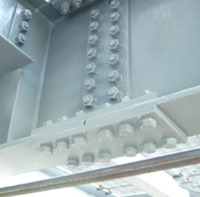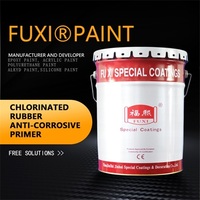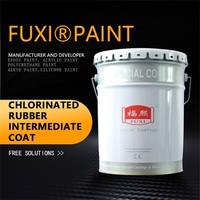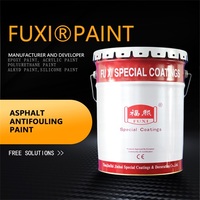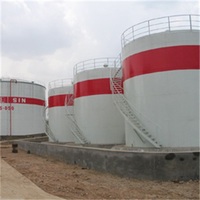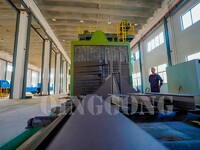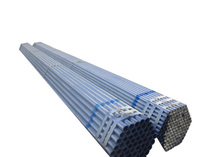Steel Structure Coating
The anti corrosive paint for steel structure buildings is mainly made according to ISO12944, including serving life, corrosion environment, structural design, surface treatment, coating system,
coating product performance, construction supervision and the solution plan of maintenance support.
When designing a steel structure anti corrosive coatings system, the first thing is to determine the corrosion environment of the steel structure, then determine the required service life of the
anti-corrosive paints, and finally determine the supporting plan of the anti-corrosive paints, including the product type and the thickness of the paint film.
According to the definition of corrosive environment in ISO12944-2, remote areas, low-pollution areas, and environment inside buildings with heating are C1 and C2 environments. In urban and
industrial environments, the moderately polluted area is the C3 environment. Industrial areas, coastal areas, chemical plants and other places with high pollution or salt spray can be regarded as
C4 environments. High-humidity industrial areas and places with particularly severe pollution can be identified as C5-I industrial corrosion environments. High humidity and high salinity are C5-M
marine corrosion environments.
Types of Steel Structure Paint
High Build Aliphatic Polyurethane Paint
High Build Epoxy Anticorrosive Paint
Fast Dry Alkyd Antirust Primer (Iron Red, Gray)
Acrylic Finish
Alkyd Enamel Paint
Alkyd Surface Tolerant Antirust Paint
Acrylic Alkyd Finish
Features of Steel Structure Paint
Anti-rust primer
In the anti-corrosion coating system of steel structure, the role of anti-rust primer is very important. Commonly used anti-rust primers include epoxy zinc-rich primer, inorganic zinc-rich primer
and thick build modified epoxy paint.
The function of the intermediate paint is to increase the thickness of the coating to improve the shielding performance of the entire coating system. The most commonly used intermediate paint is
epoxy mica iron oxide intermediate paint.
The main function of the topcoat is to shield the sun's ultraviolet rays and the destructive effect of the air pollution on the coating, resist wind, snow and rain, and have a good decorative
property. Highly weather-resistant anti-corrosion topcoats on the surface of steel structures are mainly acrylic polyurethane topcoats, fluorocarbon topcoats and polysiloxane coatings.
ISO12944-2
According to the definition of corrosive environment in ISO12944-2, remote areas, low-pollution areas, and environment inside buildings with heating are C1 and C2 environments. In urban and
industrial environments, the moderately polluted area is the C3 environment. Industrial areas, coastal areas, chemical plants and other places with high pollution or salt spray can be regarded as
C4 environments. High-humidity industrial areas and places with particularly severe pollution can be identified as C5-I industrial corrosion environments. High humidity and high salinity are C5-M
marine corrosion environments.
ISO12944-1 divides the design service life of anticorrosive coating system into three durability ranges.
1) Low durability, design life is less than 5 years.
2) Medium durability, design life is 5-15 years.
3) High durability, design life is more than 15 years.
The steel structure building requires a high service life, so for the steel structure coating system, a high durability service life is also required. Therefore, the structural paint design for
steel structure buildings is more than 15 years, or even more than 25 years.
We also have kinds of polyurethane based paint for sale, if you have any needs, please leave us a message.

